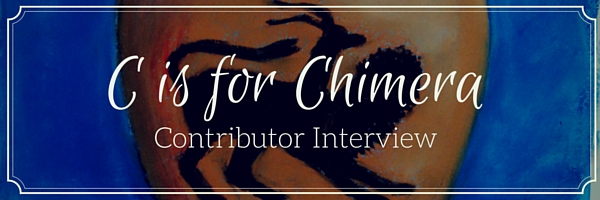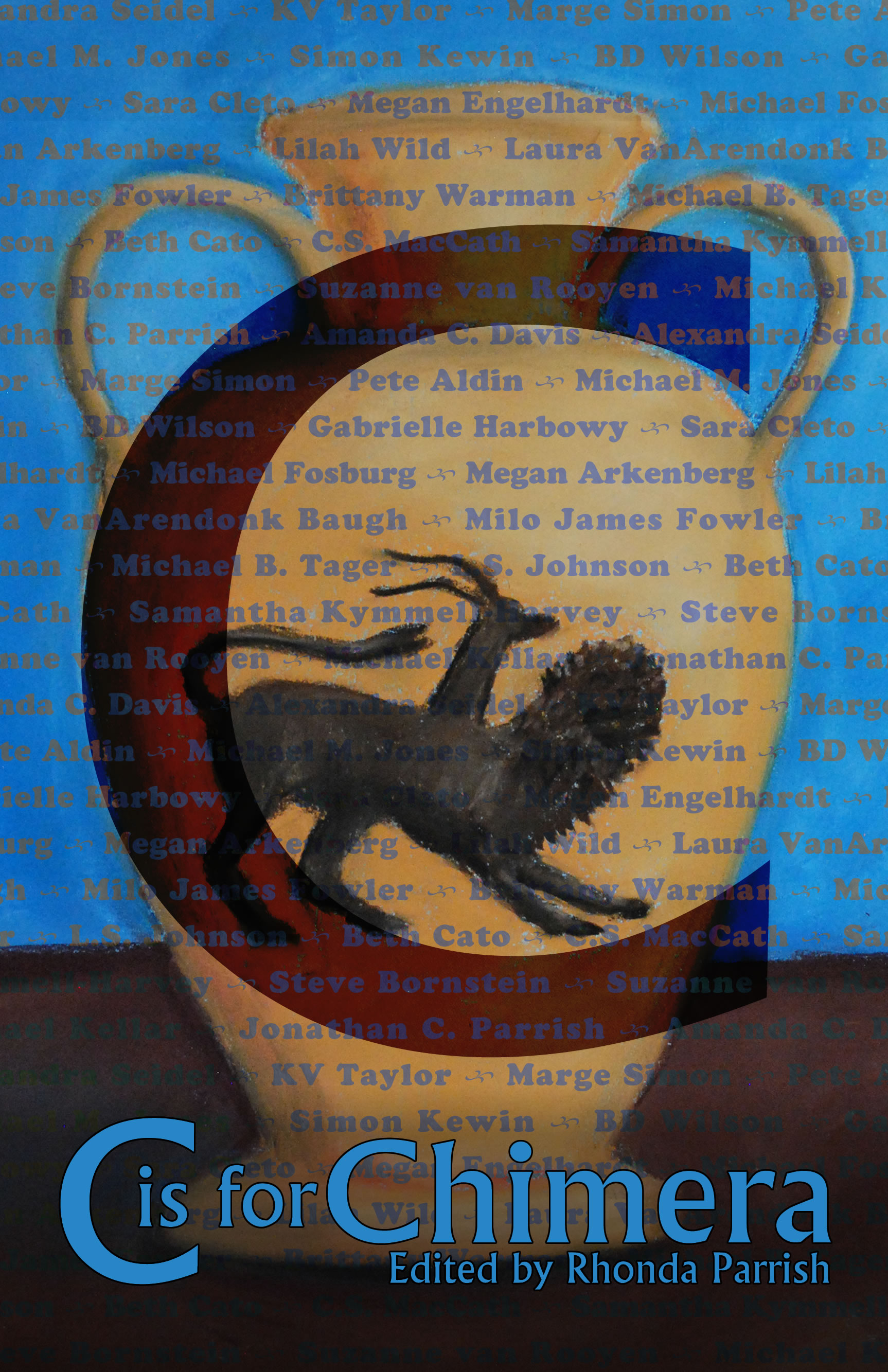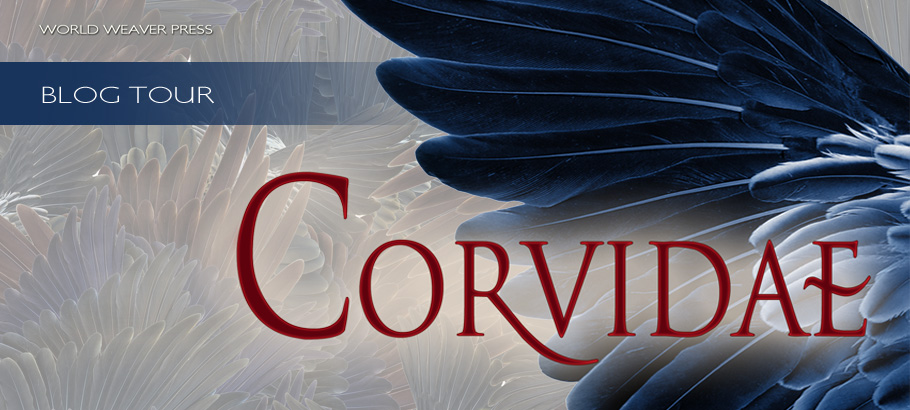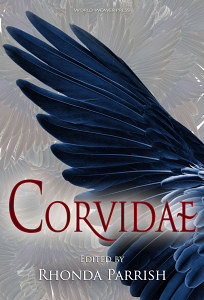It’s kind of become a tradition that I interview the contributors to my anthologies and share those interviews on my blog. It’s also kind of become a tradition that it takes me a very long time to get them all posted. I plan to continue the first tradition but I’m hoping to avoid the second. Just to be different.
We’re continuing the Chimeric contributor interviews today with Simon Kewin. I’ve been working with Simon for so long I’m not even sure where our professional relationship began, but I’m extremely pleased that it did. Not only is Simon’s work in all three alphabet anthologies, he also has a story in my forthcoming Sirens anthology 🙂
What letter were you assigned?
F
Did you struggle with the letter you were given?
Everything fell into place quite nicely. I had a few ideas for a story, but given the letter and the theme, there was really only one story I could write.
What was your favourite idea for the ‘word’ to use in your title that you didn’t use?
One early idea was to write a story about a slightly rubbish superhero called Fishmonkeyman. Quite pleased I didn’t go with that idea in hindsight.
What kind of chimera is your story about?
Without giving too much away, my chimera isn’t one made up of body-parts from wildly different species; I’m using the word more in its biological than its mythological sense.
What, other than the letter you were assigned, helped inspire your story?
My story references another quite well-known story, and it was thinking about that – the author’s original intent and where it was left – that gave me a way in to my tale.
Lion, goat or snake–which are you more like?
Umm, tricky. If I had a choice I’d probably go for the lion – although as a vegetarian, that’s probably not going to work out that well…
If you were going to be magically transformed into a chimera composed of three different creatures, what would you want them to be?
Can I include wise and all-powerful aliens entities from beyond space? Failing that, I’d go for something that could fly, something that could swim and something that could lie around in the sun. Eagle/dolphin/lion would do…
What if it wasn’t limited to creatures? What three things would you want to be composed of?
An artifical biomechanical body capable of hosting a human mental matrix whilst being inifinitely repairable and modifiable would do nicely.
Unrealizable dreams have been called chimeras. Taking the ‘unrealizable’ part out of the equation, what is one of your fondest dreams/goals?
I’m quite keen on the idea of immortality. Probably not going to happen, but it would be good…
Can you share a short excerpt from your story?
There were things he needed to understand, too. Questions that needed answers. Whose fingers did he slip into the fish’s mouth to break its spine and end its suffering? Whose muscles sawed at the ice to open up access to the water? Whose eyes did he see the world through? Whose brain, even, thought these thoughts, asked these questions? Who were they, all the poor, broken wretches that were him? Young or old? Male or female? He could tell from his external appearance that young, strong men made up a large part of his anatomy. But his organs? His inner workings? He didn’t know.
He didn’t know who he was.
Simon Kewin is the author of over 100 published short and flash stories. His works have appeared in Nature, Daily Science Fiction, Abyss & Apex and many more. He lives in England with his wife and their daughters. The second volume in his Cloven Land fantasy trilogy was recently published. Find him at simonkewin.co.uk.
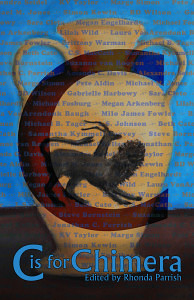
Find C is for Chimera online:

